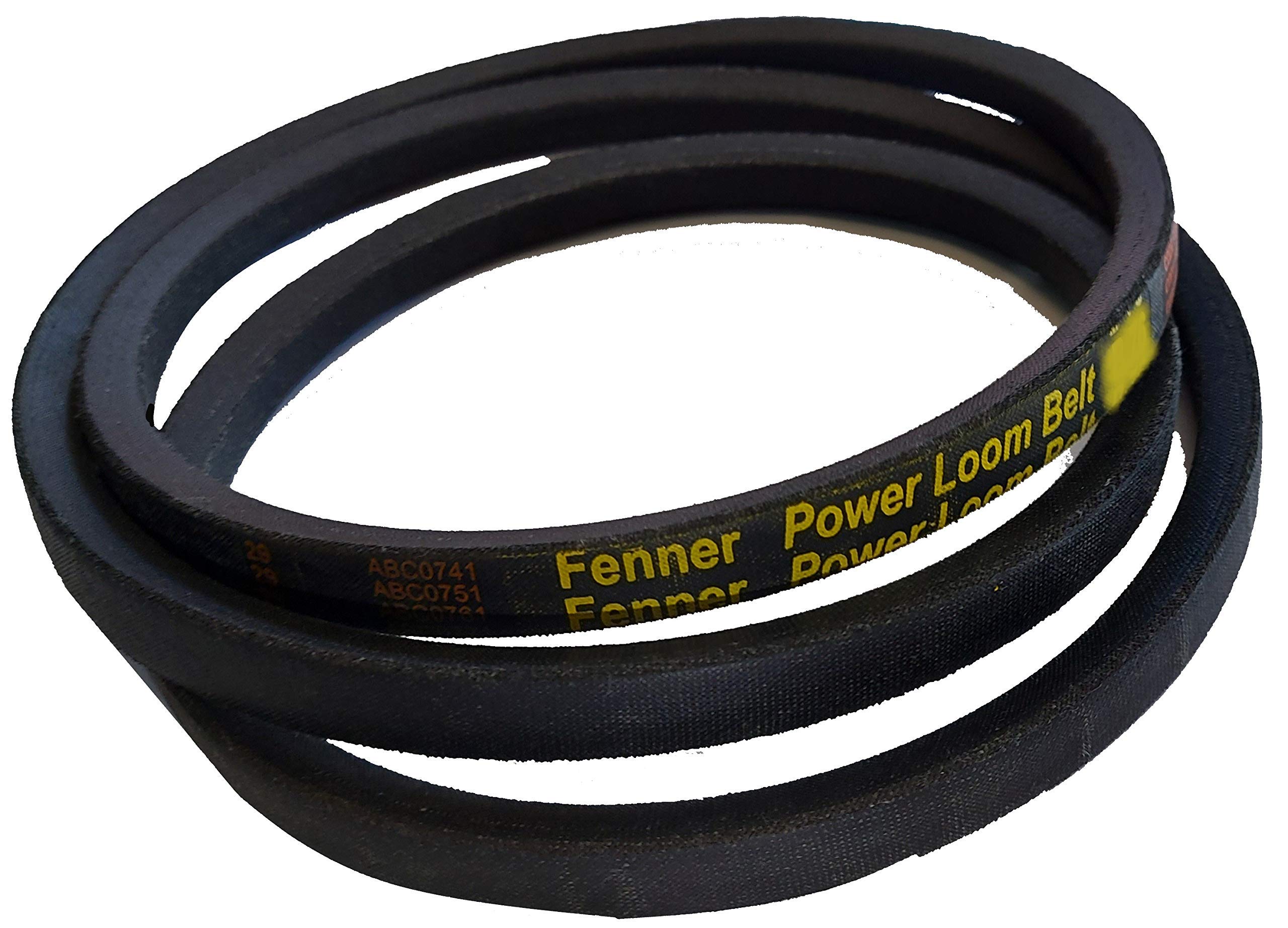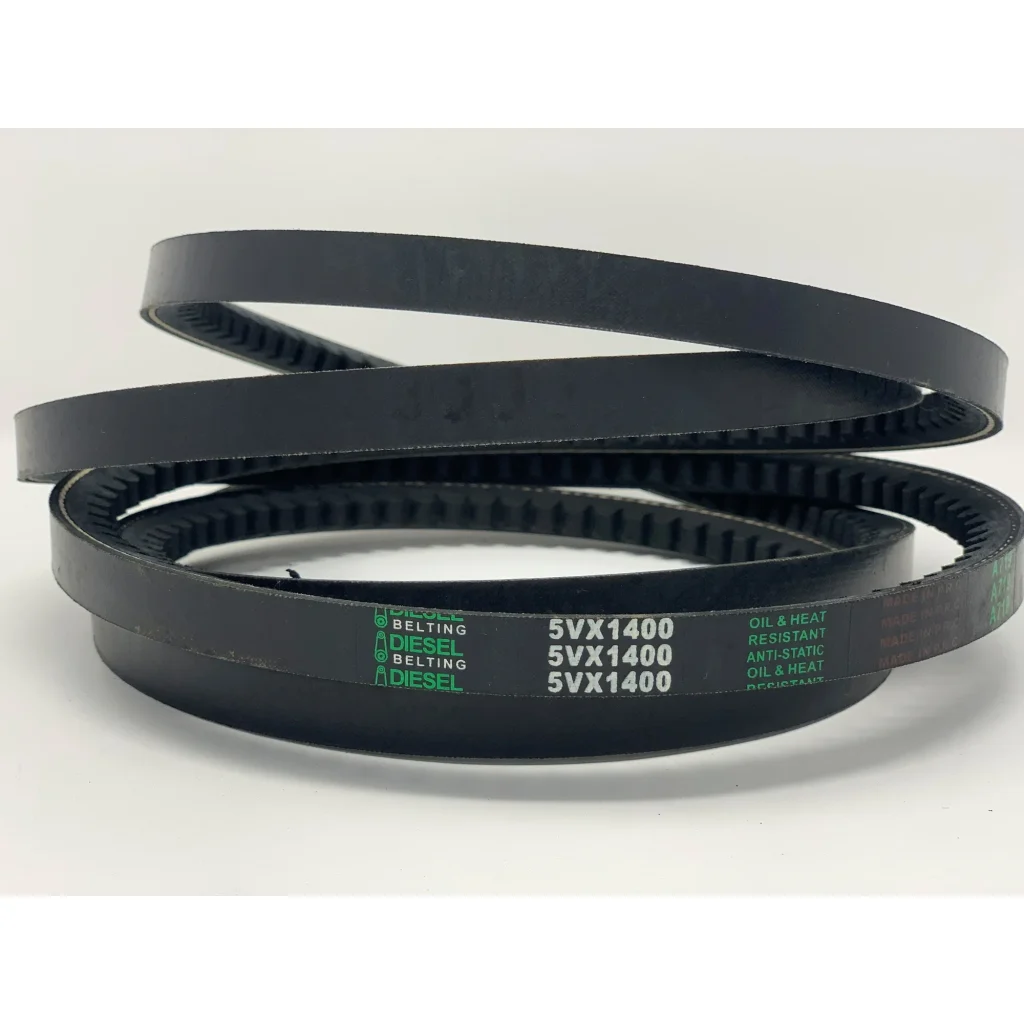


A V-belt is a power transmission belt with a trapezoidal cross-section. Its design allows it to wedge into the grooves of pulleys, ensuring efficient power transmission through friction. V-belts are widely used in industrial, automotive, and agricultural machinery due to their reliability and ease of use.

Cross-Sectional Shape:
Trapezoidal design for better grip and power transmission.
Materials:
Rubber or Synthetic Materials: Flexible and durable.
Cord Reinforcement: Provides tensile strength (e.g., polyester, aramid).
Profiles:
Classical V-Belts (e.g., A, B, C).
Narrow V-Belts (e.g., 3V, 5V, 8V).
Banded V-Belts for heavy-duty applications.
V-belts transmit power through friction. As the belt is tensioned and wedged into the pulley grooves, the increased contact area ensures effective torque transmission. The tension in the belt prevents slipping during operation.
Key Components:
Pulleys: Match the belt’s profile.
Tensioners: Maintain optimal belt tension.
High Power Transmission: Suitable for heavy loads.
Compact Design: Allows for smaller drive systems.
Cost-Effective: Economical compared to other power transmission methods.
Quiet Operation: Minimal noise during operation.
Versatility: Compatible with a wide range of machinery.
Efficiency Loss: Higher friction leads to energy loss.
Wear and Tear: Requires regular replacement.
Limited Speed Range: Less effective at high speeds compared to timing belts.
Alignment Sensitivity: Misalignment can cause rapid wear.
Automotive:
Alternators, air conditioning compressors, and water pumps.
Industrial Machinery:
Compressors, conveyors, and pumps.
Agricultural Equipment:
Combine harvesters and irrigation systems.
HVAC Systems:
Driving fans and blowers.
Maintenance Tips:
Regularly inspect for cracks, fraying, or glazing.
Maintain proper tension.
Ensure pulleys are clean and aligned.
Typical Lifespan: 1,500 to 3,000 hours under normal conditions.
Load Requirements: Torque and power needs.
Belt Length and Profile: Ensure compatibility with pulleys.
Operating Conditions: Temperature, speed, and environment.